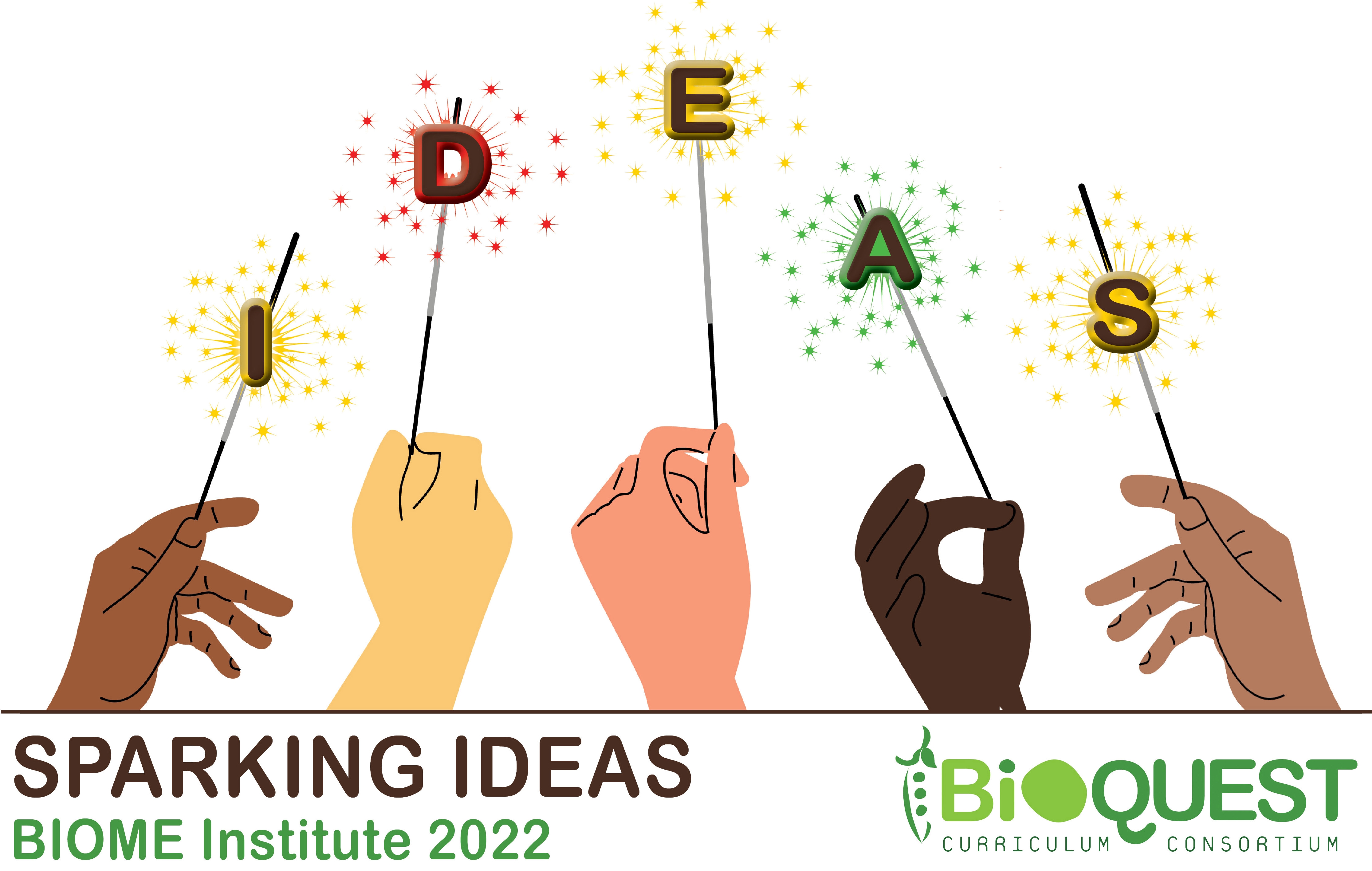Building Better groups in STEM Courses
Author(s): Jennifer Glee Buntz1, Emily Drill2, Dan Johnson3, Megan Lupek4, Carolina Mehaffy5, Dr Pankaj Mehrotra6, Melissa Rowland-Goldsmith7, Usha Sankar8
1. Central New Mexico Community College 2. Carnegie Mellon University 3. Wake Forest University 4. North Carolina State University 5. Colorado State University 6. University of the People, California, United States of America 7. Chapman University 8. Drexel University
1012 total view(s), 200 download(s)
Description
Group work is a powerful educational tool, but also can lead to inequitable situations. Our working group came together around the shared goal of learning how to create groups for class activities that reflect the 2022 BIOME theme of IDEAS: inclusion, diversity, equity, and accessibility.
Our GOAL was to identify useful resources relevant to group work, then organize them so that they could inform DEI strategies. We decided to bring together published peer reviewed and lay press resources in a framework similar to one produced by CBE-Life Sciences Education. What makes our framework different is we have added 3 new categories: DEI, assessment, and a Students’ Guide.
One of our first problems was coming up with a simple platform. Our strategy is to use Google slides to allow broad sharing through QUBES. Our next problem was how to make it easily extendable. Instead of trying to build a complete resource, we decided to create a template for collecting key information from published sources that users can read quickly. Our third problem was how to help instructors navigate the DEI issues. Our strategy is to turn categories into questions that help teachers collect information, and THEN assign teams so that they are better aligned to the goals and challenges those particular students face.
We imagine users downloading our framework as a hyperlinked slide show or text document. They click on a topic (what eventually will be a guiding question) to connect them to resources. We have links to starting templates for basic information like definitions, and to general guides for thinking about DEI and assessment. We also hope to add a Students Guide in the future.
Other tabs on the right connect to summary lists of resources which in turn connect to individual resource summaries. To demonstrate what resources would look like, our group identified several examples and created a summary slide like this one for each resource.
Resource summary slides all follow a simple template that surfaces the ACTIONABLE information.
What did we learn along the way? First, even well-intentioned, self-selected teams like ours struggle with logistics like when to meet, how to organize information, and how to communicate efficiently. Second, our team’s original plan did not come out where or how we hoped or expected. We found that when we embraced that we could not build a full self-contained guide, our thinking opened up. Ultimately we ended up creating what we think will be a better, living resource.
We want to start a new collaborative space on QUBES Hub where we can build out the framework. One goal is to begin converting the topics in the current framework into guide questions for instructors. The resource summaries we have collected so far helped us build our strategy, but we need more if this is to be a broadly useful tool. Finally, we want to return to one of our initial goals, which is to build a similar resource aimed specifically at the students who are working in groups.
Cite this work
Researchers should cite this work as follows:
- Buntz, J. G., Drill, E., Johnson, D., Lupek, M., Mehaffy, M., Mehrotra, D., Rowland-Goldsmith, M., Sankar, U. (2022). Building Better groups in STEM Courses. 2022 Biology and Mathematics Educators (BIOME) Institute, QUBES Educational Resources. doi:10.25334/CBTP-KC26
